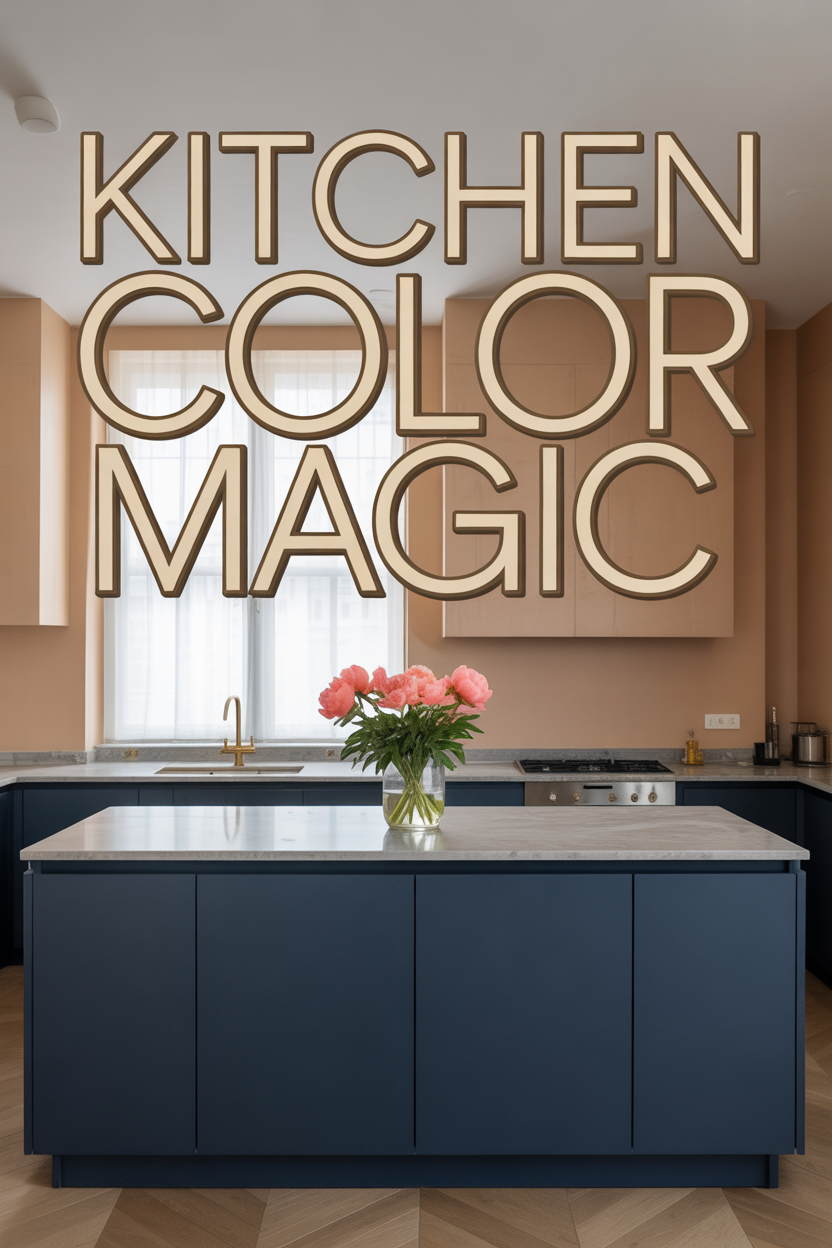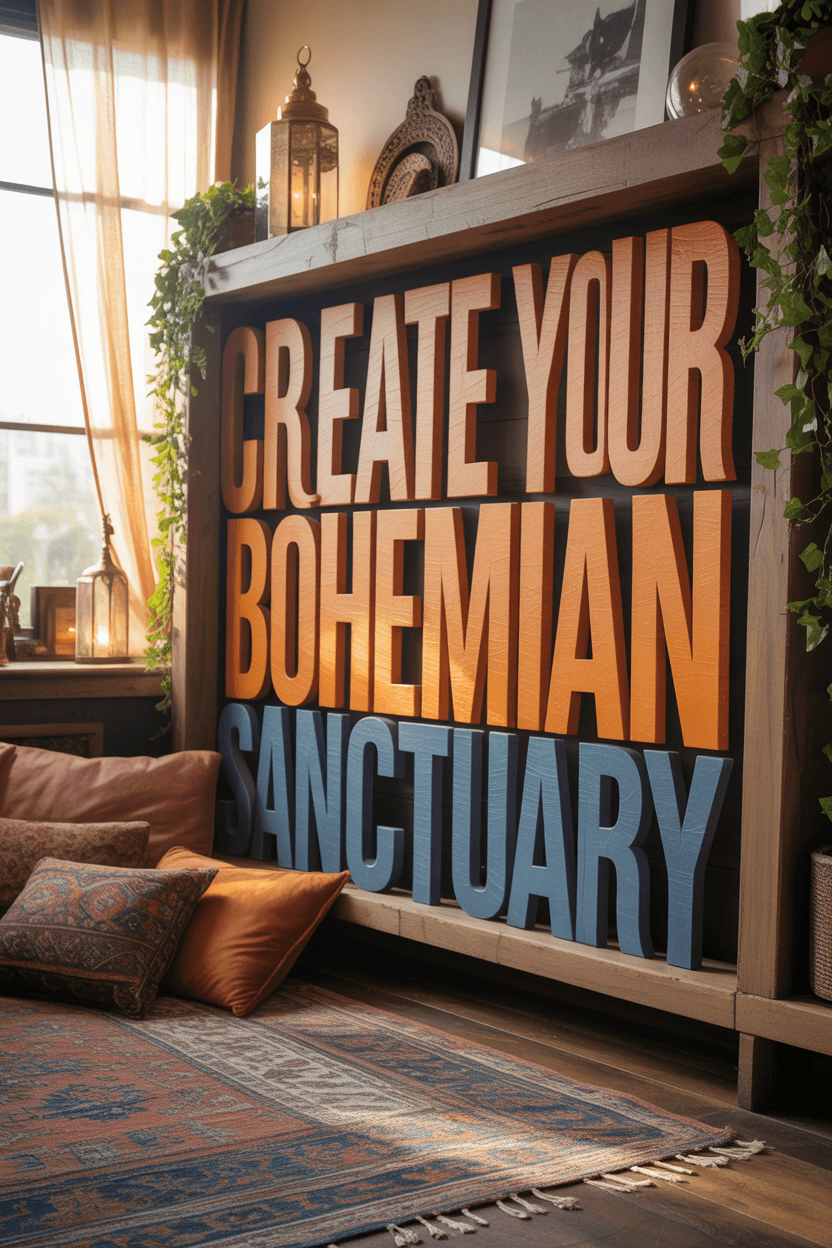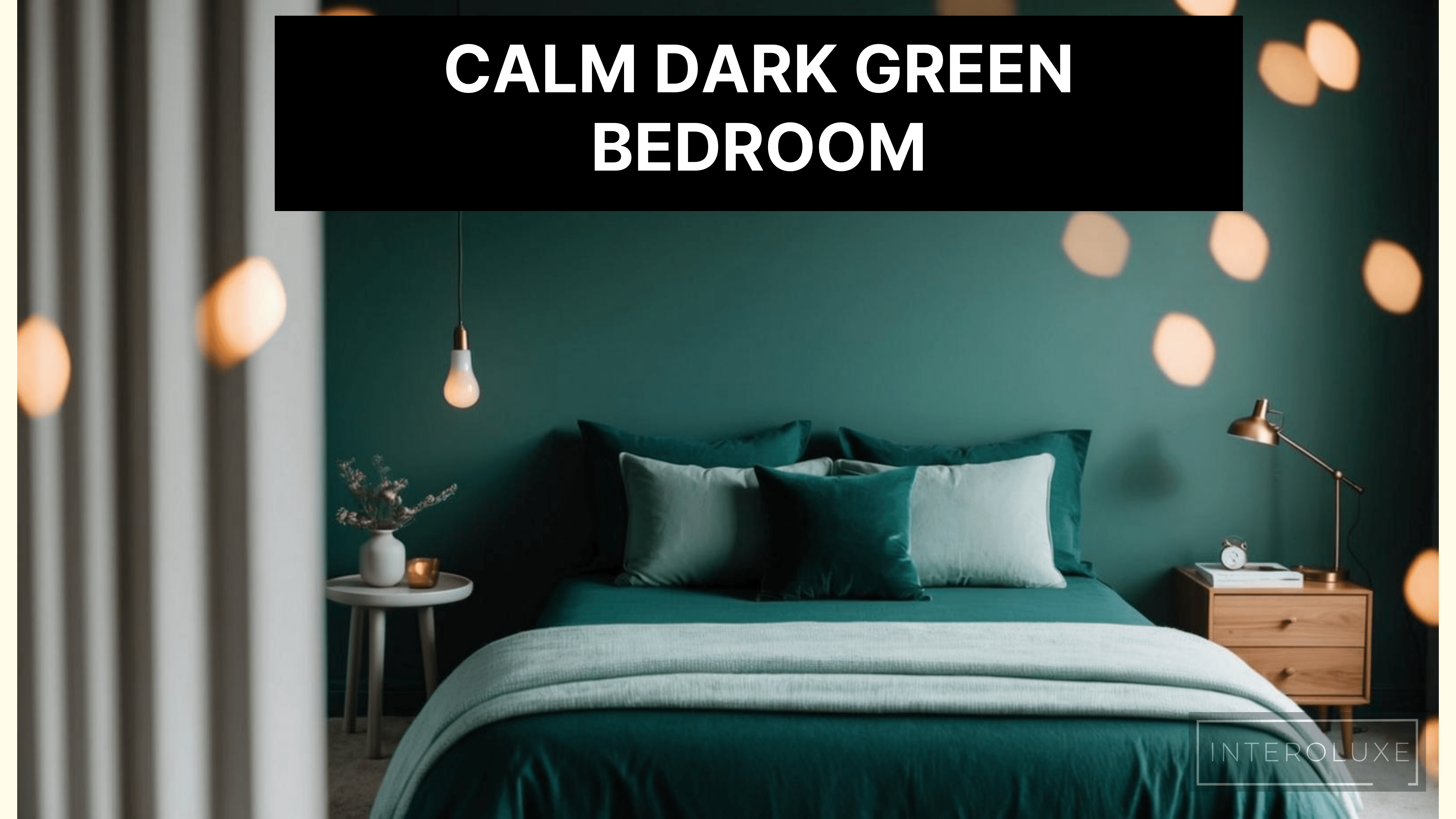How to Create a Vintage Man Cave That Exudes Timeless Style

The Soul of the Space: How to Design Your Vintage Retreat

We’re not just creating a room with a television and a sofa. We’re designing a vintage man cave, a personal retreat that feels layered with stories waiting to be told. It’s the perfect alchemy of old-school cool and your own unique personality, a space with genuine soul.
Forget the sterile, modern boxes that lack warmth. This journey is about curating a room using pieces that have a past. Design experts confirm the objective is to blend nostalgic decor with meaningful objects to build a space that is authentically you.
The very best vintage spaces feel like they were assembled over time, not ordered from a single catalog. Start by choosing your canvas—a forgotten basement corner, an underused garage, or a spare bedroom. This is your personal sanctuary, so select an era or aesthetic that genuinely inspires you.
Will it be a sharp, sophisticated 1960s mid-century den? Perhaps a relaxed, earthy ’70s lounge? Or maybe something lighter and more literary, like a British Colonial writer’s room with its signature mix of dark woods and light, airy fabrics. The choice sets the stage for everything to follow.
Once you have a vision, select a simple color palette. Think in terms of warm wood tones, deep navy blues, forest greens, or even the clean, breezy white often seen in a Nancy Meyers-inspired coastal room. This framework will guide your choices and ensure a cohesive look.
The Hunt for Character: Where to Find Authentic Vintage Pieces

With a vision in place, the real fun begins: the hunt. The character of your vintage man cave comes not from new items, but from pieces with a history. This is your opportunity to become a curator of your own space.
Start by exploring local thrift stores, sprawling antique malls, and weekend flea markets. These are treasure troves for one-of-a-kind items like a worn leather club chair, a solid old desk, or a retro bar cart with the perfect patina. Keep an open mind; sometimes the best pieces need a little cleaning or a small repair.
Don’t neglect the digital world. Online marketplaces can be goldmines for specific styles, whether you’re searching for a mid-century credenza or industrial light fixtures. Websites specializing in vintage furniture can help you find high-quality, authentic pieces that become the foundation of your room.
For architectural elements that add instant age and gravitas, look to architectural salvage yards. Here you can find reclaimed wood for an accent wall, vintage doors, or old hardware that adds a layer of authenticity paint simply cannot replicate. As professional designers advise, sourcing authentic furnishings is the key to a truly personalized space.
Make a list of three specific items you’d love to find. The act of searching is part of the creative process and makes the final room feel that much more earned and personal.
The Warmth of Wood: Paneling, Finishes, and Architectural Details

Nothing establishes a classic, distinguished atmosphere quite like wood. It adds a warmth, texture, and depth that is fundamental to the vintage feel. Wood is a shortcut to creating that cozy, den-like atmosphere that invites you to settle in and stay a while.
While you can find beautiful modern versions, sourcing real wood paneling from a salvage yard can be a defining feature. You don’t have to commit to covering every wall, which can sometimes feel overwhelming. A single accent wall behind a sofa or bar area is often enough to establish the theme powerfully.
Consider using wainscoting—wood paneling on the lower half of the walls. This classic treatment adds architectural interest without darkening the room excessively. You can paint the upper half of the wall a deep, complementary color like navy blue or a moody forest green for a sophisticated, layered look.
Beyond paneling, think about other wood elements. Exposed ceiling beams, whether rustic or refined, add vertical interest. A beautifully finished hardwood floor provides a timeless foundation, and furniture in rich wood tones—like walnut, mahogany, or teak—grounds the space and contributes to the collected, cohesive aesthetic.
The Art of Seating: How to Choose a Statement Chair with History

Every great room needs an anchor, and in a vintage man cave, that anchor is often a statement chair. This isn’t just a place to sit; it’s a piece of sculpture, a hint at the room’s personality, and an open invitation to relax. The right chair can define the entire mood of your retreat.
For a classic, library-like feel, a deep-seated leather club chair is unbeatable. Its worn-in patina tells a story of comfort and time, making it the perfect spot for reading or enjoying a quiet drink. Look for one with good bones; worn leather only gets better with age.
If your taste leans toward mid-century modern, an iconic lounge chair and ottoman provides both striking form and unparalleled comfort. This is a deliberate design choice that signals a sophisticated appreciation for timeless style. It becomes the room’s functional centerpiece.
Don’t be afraid to mix styles for a more curated feel. A British Colonial or coastal-themed room might feature a Rattan or wicker armchair with comfortable cushions, adding a touch of relaxed, worldly elegance. The key is to choose a chair that you not only love to look at but also can’t wait to sink into.
Beyond the Screen: Interactive Analog Entertainment

A vintage arcade game or pinball machine is more than just decor; it’s an interactive centerpiece that infuses the room with energy. The kinetic flashing of lights and the familiar electronic sounds create a vibrant atmosphere that a silent, black television screen simply cannot match. It’s an immediate conversation starter and a magnet for guests.
Give your chosen game a place of honor. Position it against a feature wall where there’s ample room for enthusiastic play. If space is tight, a cocktail-style arcade table is a brilliant two-in-one solution, serving as both a game and a surface for drinks and snacks.
Not all interactive entertainment needs to be electronic. An elegant, well-made dartboard, a sturdy old foosball table, or a classic shuffleboard table encourages friendly competition and social connection. These analog options are praised by designers for how they inspire social interaction away from screens.
You can find fully restored vintage machines or discover modern cabinets that play hundreds of classic games, offering the best of both worlds. The goal is to incorporate an element of play that makes your space a destination for fun, not just relaxation.
Your Life’s Soundtrack: How to Display a Vinyl Collection as Art

In a thoughtfully designed vintage room, your record collection is your personal art gallery. The album covers themselves are iconic works of design, and displaying them openly tells a visual story about your tastes and influences. This approach turns a simple storage issue into a powerful design feature.
Install a series of narrow, wall-mounted floating shelves. This allows you to display your favorite album covers face-out, creating a dynamic, rotating display that you can change with your mood. It’s far more visually engaging than packing them away spine-out on a bookshelf.
Dedicate a corner to a proper listening station. This is a core feature in many guides for creating music-themed man caves. Combine a comfortable chair, a quality turntable, and a small task lamp. This creates an intentional space that invites you to slow down, select an album, and truly listen.
This small ritual—the act of choosing a record, placing it on the platter, and dropping the needle—is a tactile experience that perfectly complements the vintage aesthetic. It’s about engaging your senses and making your music collection a central part of the room’s identity.
Setting the Mood: The Essential Guide to Layered Lighting

Lighting is the single most important element in creating mood. Get this right, and your entire room will feel more sophisticated, comfortable, and expensive. The biggest mistake is relying on a single, harsh overhead light. The secret is to layer your lighting sources.
Create a lighting scheme with at least three different sources. Combine a floor lamp in a corner for ambient glow, a table lamp next to a chair for task lighting, and perhaps a focused pendant light over the bar area. This mix eliminates harsh shadows and gives you ultimate control over the atmosphere.
Seek out authentic vintage lamps or high-quality reproductions. Look for industrial-style fixtures with warm-toned Edison bulbs for a rustic feel, or brass and wood lamps for a classic mid-century look. Flea markets and antique stores are excellent sources for unique pieces that add immense character.
Finally, and this is non-negotiable for a high-end feel, put as many lights as possible on dimmer switches. This simple, inexpensive upgrade is the ultimate tool for mood control. It allows you to transition the room from bright and social to low-lit and relaxed with the turn of a dial.
The Social Hub: How to Create Your Own Classic Home Bar

Every great hangout needs a focal point, and a dedicated bar area is the natural social center of a vintage man cave. It’s where guests will instinctively gather and where conversations begin. You don’t need a sprawling, custom-built setup to achieve this effect.
A handsome bar cart is a versatile and stylish solution, fitting perfectly with mid-century, coastal, or classic aesthetics. Alternatively, a beautiful credenza or sideboard can be repurposed as a stationary bar, offering more surface area and storage for glassware and supplies.
The details are what turn a simple drink station into a statement bar. Hang an old mirror or a cool vintage sign on the wall behind it to define the space. Invest in classic glassware that complements your theme—think heavy crystal tumblers for a Mad Men vibe or sleek highball glasses for a ’60s feel.
Display a few of your most attractive bottles and use elegant decanters for spirits like whiskey or gin. This simple styling trick makes everything look more intentional and luxurious, a detail often emphasized in guides for creating classic, high-end spaces. It’s an invitation to pour a drink and settle in.
Soft Landings: How to Add Texture with Rugs and Textiles

A room is not truly finished until you’ve considered the textiles. These soft elements are crucial for adding warmth, absorbing sound, and making a space feel cozy and complete. Rugs, throws, and pillows are the final layers that tie all your vintage finds together.
Ground your seating area with a substantial rug. A vintage-style Persian or Turkish rug can introduce intricate pattern and rich color, making the space feel instantly more established. For a lighter, more coastal or modern feel, a natural fiber rug made of jute or sisal adds beautiful texture without overwhelming the room.
Layer textures on your seating. Drape a chunky knit wool or cashmere throw blanket over the arm of your statement chair. Add pillows in materials like worn leather, soft velvet, or classic linen to add tactile comfort and visual interest. Don’t be afraid to mix and match patterns in a complementary color palette.
Finally, consider your window treatments. To maintain a clean, masculine aesthetic, opt for simple, functional curtains. Unfussy panels made of canvas, linen, or tweed add a soft touch without being distracting. They help control light and add another layer of texture that contributes to the room’s sophisticated, lived-in feel.
Curated Walls: The Art of Personal Storytelling

While records make for fantastic wall art, your walls offer a broader canvas for expressing your personality. A well-curated wall tells a story and transforms a decorated room into a deeply personal space. Think beyond generic prints and choose pieces that have meaning to you.
Large-scale maps are a classic choice for a vintage-inspired room. A framed vintage map of your city, a favorite travel destination, or even a fictional world adds an intellectual, adventurous spirit. Similarly, framed architectural blueprints or patent drawings can lend a sophisticated, industrial edge.
Create a gallery wall that mixes different types of art and objects. Combine old movie posters, framed concert tickets, vintage advertisements, and personal photographs. For a cohesive look, print your personal photos in black and white or sepia and use similar frame styles.
Don’t just hang things. Lean a large, oversized framed piece against a wall for a relaxed, contemporary look. This casual arrangement feels effortless and allows you to easily switch out art as your collection grows. Your walls should be a reflection of your life, your hobbies, and your history.
The Grand Illusion: How to Seamlessly Conceal Modern Technology

The secret to preserving the authenticity of your vintage room lies in your ability to master an illusion: hiding the 21st century. The jarring presence of a giant black television, a tangle of charging cords, or a plastic Bluetooth speaker can instantly shatter the carefully crafted aesthetic.
Think like a magician. The most effective strategy is concealment. House your television inside a beautiful vintage armoire or a mid-century credenza with sliding doors. For a more advanced solution, a custom cabinet with a retractable panel can make the screen disappear entirely when not in use.
Manage the unavoidable clutter of cords and small devices. Use antique trunks or handsome wooden boxes to hide power strips and chargers. Tuck speakers discreetly onto bookshelves behind fabric or inside non-functional vintage radio cabinets for a clever disguise.
Alternatively, embrace new technology that is designed to look old. Brands like Marshall create exceptional speakers that mimic the look of classic guitar amps. You can find modern turntables with stunning wood finishes that just happen to offer Bluetooth connectivity, as noted in many retro design guides. This allows you to enjoy modern convenience without sacrificing your vintage style.
A Room with a Past: Your Ultimate Vintage Man Cave Awaits

There is a unique satisfaction in creating a room that feels like a portal to another era, yet is also completely and utterly your own. By selecting pieces with history and arranging them with intention, you are not merely decorating a space—you are building a world. This is your sanctuary, a place to recharge, to connect, and simply to be.
You don’t need an enormous budget or a grand plan to begin this journey. All you need is a vision and the patience to let the room evolve. Start with one single piece that you absolutely love—a perfect lamp, a compelling old map, or a chair you can’t wait to sink into—and let your space grow organically around it.
As design guides suggest, you can step back in time by starting small and curating your collection piece by piece. The process of hunting, finding, and placing each item is part of what gives the room its soul.
The sophisticated, comfortable, and deeply personal retreat you’ve been imagining is not a distant dream. It is waiting for you to bring it to life, one story-filled object at a time.








